Natural quasicrystals may form from object collisions in the solar system
Quasicrystals and their ornate structures have transfixed researchers for decades, but only one natural sample has ever been found on Earth. Now a group of scientists from the US and Italy has shed some light on how and where these strange crystal arrangements come into being.

Most crystal lattices are built on the pillars of order and periodicity, such as rock salt or diamond, for instance. But in 1982 Dan Shechtman, who was later awarded the 2011 chemistry Nobel prize for his work, found a structure that rocked crystallography: an ordered aluminium–manganese lattice that has a non-repeatable pattern.
Since Shechtman’s discovery, a number of exotic quasicrystals have been made in the lab and found their way into a range of products, from non-stick frying pans to LED lights. But it wasn’t until 2011 that one was found in nature. A meteoritic sample unearthed from the Khatyrka river in Russia contained icosahedrite, an aluminium–copper–iron quasicrystal.
Now Paul Asimow from Caltech, US, and his colleagues have tried to test the theory that such structures are formed from collisions in the solar system. The team fired a tantalum bullet at 2000mph into a stack of targets, including olivine and an iron–nickel meteorite sample, to replicate a high-velocity impact between objects in space.
The shock wave passing through the target forces a quasicrystal to form with a similar composition to icosahedrite.
‘The shock-induced synthesis demonstrated in this experiment reinforces the evidence that natural quasicrystals formed during a shock event,’ the researchers conclude in their paper. They add, however, that the precise mechanism by which quasicrystals form under such conditions remains an open question.
References
P Asimow et al, PNAS, 2016, DOI: 10.1073/pnas.1600321113
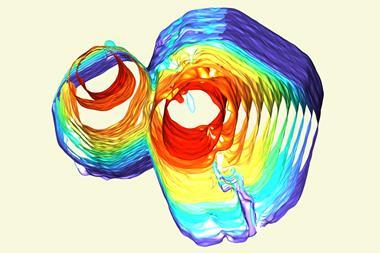
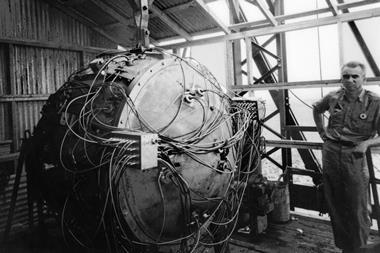
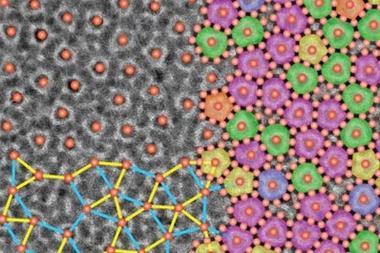
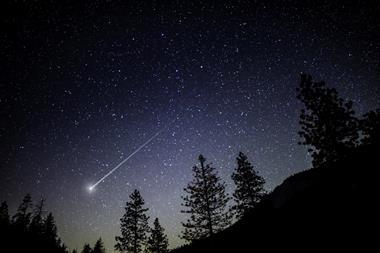
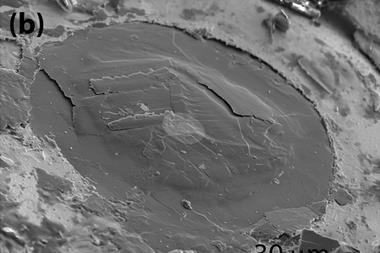







No comments yet